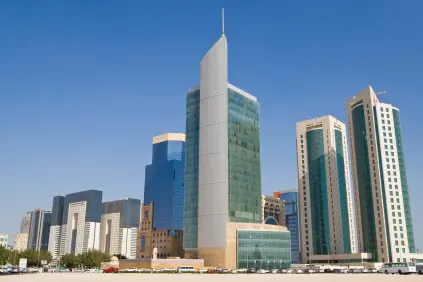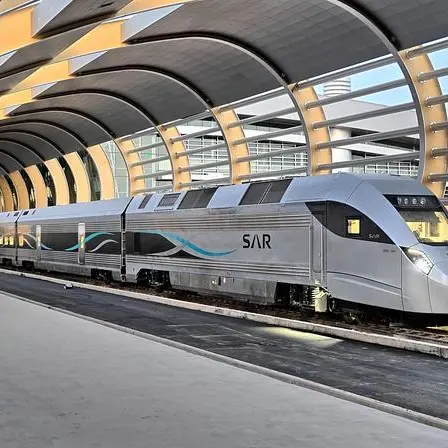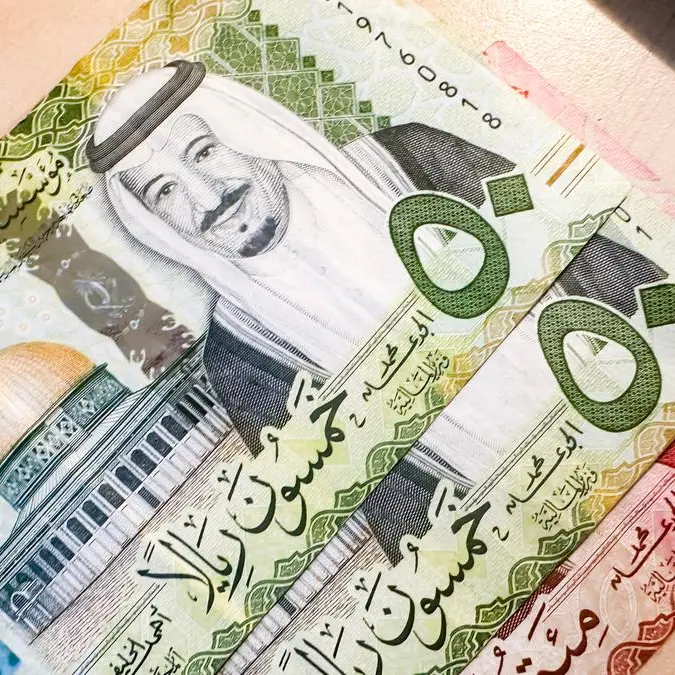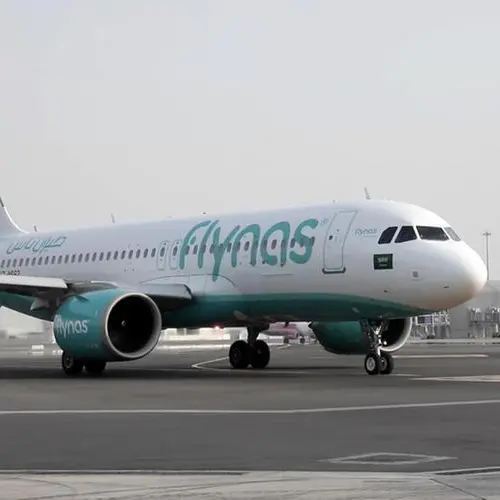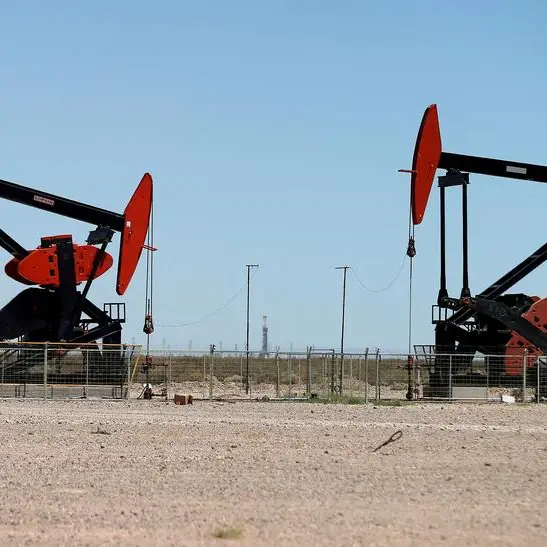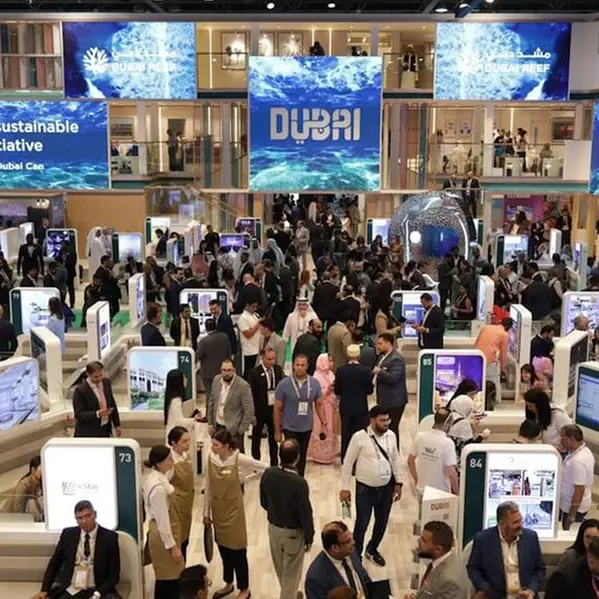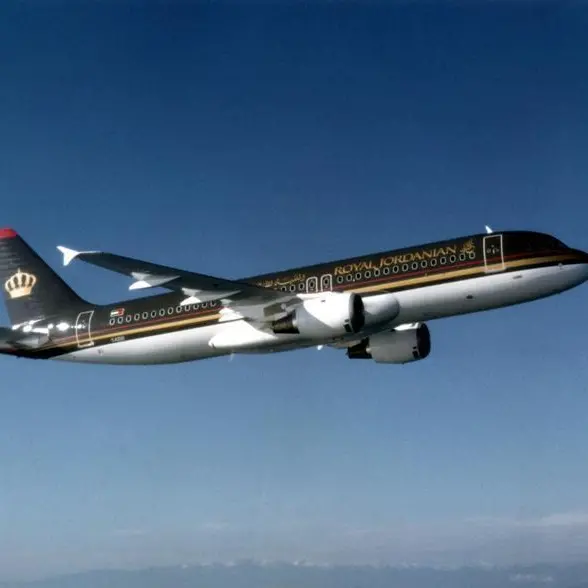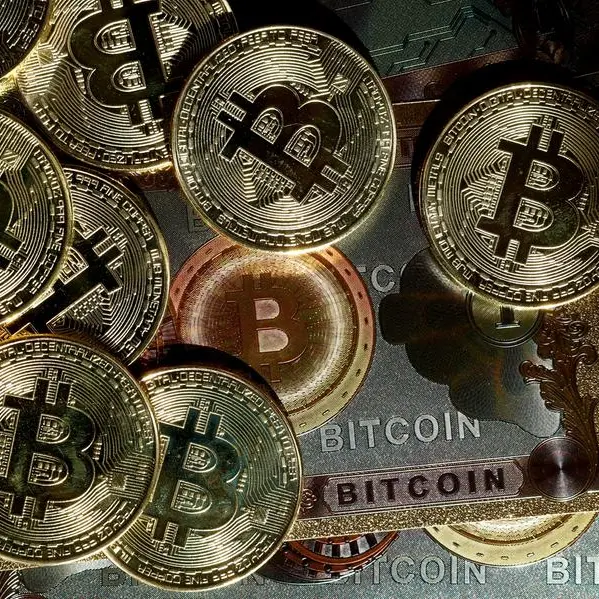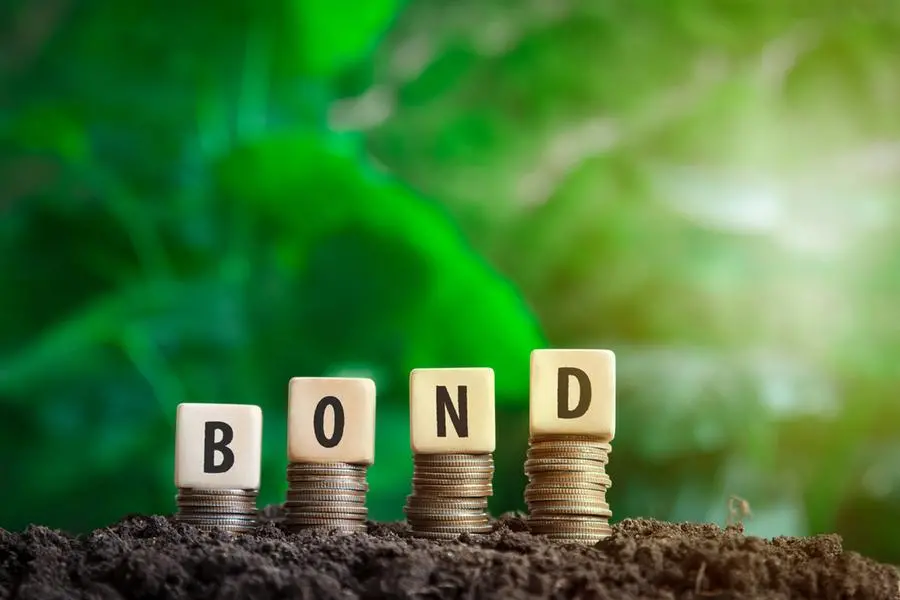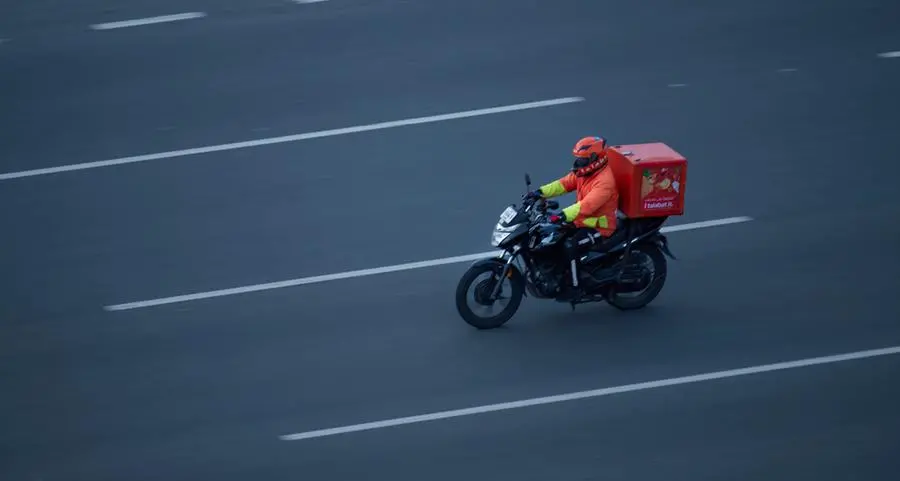PHOTO
01 January 2017
Pratap John
Qatar’s public finances are on a “solid footing”; the latest country report by Euler Hermes Economic Research has shown.
“The government has made considerable efforts on fiscal consolidation,” the report said.
The fiscal balance is forecast to shift to a large deficit of 7.5% of GDP in 2016 even though Qatar’s fiscal breakeven oil price is reported to be a comparatively low $55 for a barrel, it said.
The country has trimmed the number of ministries from 18 to 14 and cut utility subsidies by 30%.
To finance the fiscal deficit, the government has chosen not to tap into assets held by the Qatar Investment Authority (QIA), which continue to provide vital investment income. It has tapped the domestic and international debt markets instead.
Although this move is bound to push up external and public debt to about 56% and 64% of GDP respectively (in 2017), interest payments (currently at 7% of GDP) or liquidity issues should not cause distress, Euler Hermes said and noted Qatar’s total foreign assets, provided to the most part by the QIA, are equivalent to 236% of the country’s GDP.
In recent years, oil prices and increased competition in the global liquefied gas market have curbed the country’s economic growth. Oil and gas account for 90% of total exports and over 75% of fiscal revenues, the report said.
Crude oil production has declined due to cuts in response to the global glut and lower production from maturing fields.
As Euler Hermes expects crude prices of around $54 (Brent) in 2017, the country’s oil sector is not set to be a growth driver in the near future.
“Nonetheless, Qatar’s growth should pick up from 2.5% in 2016 to 3% in 2017 and 3.2% in 2018. The main driver is a strong expansion in the nonhydrocarbon economy,” Euler Hermes said.
Qatar’s role as the host of the 2022 FIFA World Cup has had “positive knock-on effects” on the construction and services sectors. The former benefits from a large public investment related to the tournament, the report said.
According to Euler Hermes, the government’s fiscal consolidation efforts will not affect key projects such as the Doha Metro. Large-scale works have also attracted considerable inflows of expatriate labour, resulting in consumption growth and higher services demand. Financial and business services continue to thrive.
Some of Qatar’s strengths highlighted by Euler Hermes are the country’s large reserves of hydrocarbons, including the world’s third-largest proven reserves of natural gas (after Iran and Russia), long-term development strategy that has accelerated diversification away from upstream oil and gas and its large foreign asset base, including a sovereign wealth fund worth around $335bn.
Pratap John
Qatar’s public finances are on a “solid footing”; the latest country report by Euler Hermes Economic Research has shown.
“The government has made considerable efforts on fiscal consolidation,” the report said.
The fiscal balance is forecast to shift to a large deficit of 7.5% of GDP in 2016 even though Qatar’s fiscal breakeven oil price is reported to be a comparatively low $55 for a barrel, it said.
The country has trimmed the number of ministries from 18 to 14 and cut utility subsidies by 30%.
To finance the fiscal deficit, the government has chosen not to tap into assets held by the Qatar Investment Authority (QIA), which continue to provide vital investment income. It has tapped the domestic and international debt markets instead.
Although this move is bound to push up external and public debt to about 56% and 64% of GDP respectively (in 2017), interest payments (currently at 7% of GDP) or liquidity issues should not cause distress, Euler Hermes said and noted Qatar’s total foreign assets, provided to the most part by the QIA, are equivalent to 236% of the country’s GDP.
In recent years, oil prices and increased competition in the global liquefied gas market have curbed the country’s economic growth. Oil and gas account for 90% of total exports and over 75% of fiscal revenues, the report said.
Crude oil production has declined due to cuts in response to the global glut and lower production from maturing fields.
As Euler Hermes expects crude prices of around $54 (Brent) in 2017, the country’s oil sector is not set to be a growth driver in the near future.
“Nonetheless, Qatar’s growth should pick up from 2.5% in 2016 to 3% in 2017 and 3.2% in 2018. The main driver is a strong expansion in the nonhydrocarbon economy,” Euler Hermes said.
Qatar’s role as the host of the 2022 FIFA World Cup has had “positive knock-on effects” on the construction and services sectors. The former benefits from a large public investment related to the tournament, the report said.
According to Euler Hermes, the government’s fiscal consolidation efforts will not affect key projects such as the Doha Metro. Large-scale works have also attracted considerable inflows of expatriate labour, resulting in consumption growth and higher services demand. Financial and business services continue to thrive.
Some of Qatar’s strengths highlighted by Euler Hermes are the country’s large reserves of hydrocarbons, including the world’s third-largest proven reserves of natural gas (after Iran and Russia), long-term development strategy that has accelerated diversification away from upstream oil and gas and its large foreign asset base, including a sovereign wealth fund worth around $335bn.
© Gulf Times 2017
